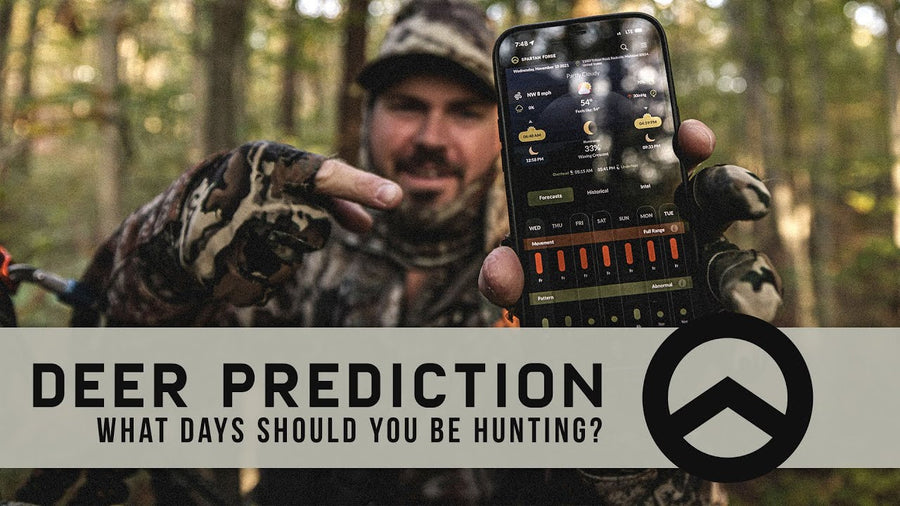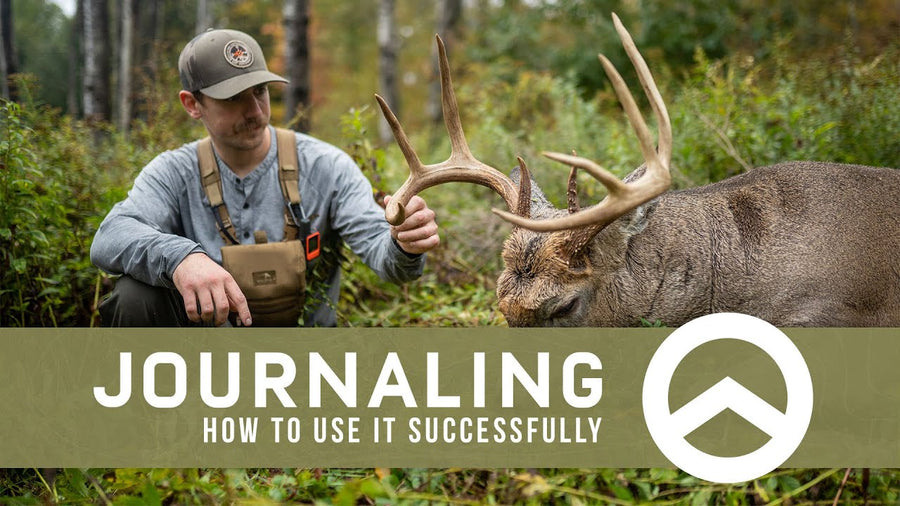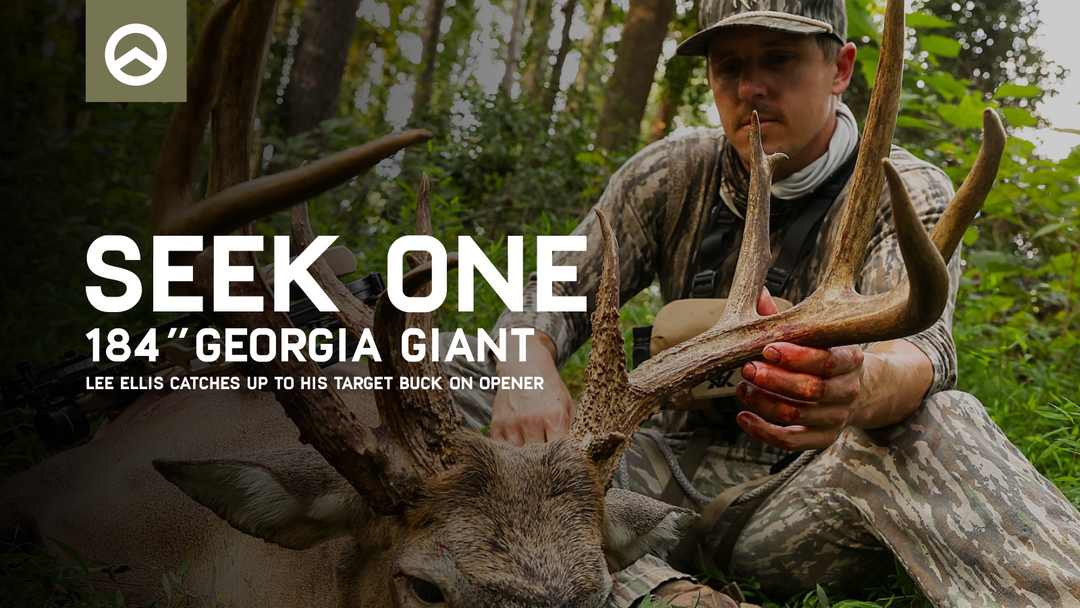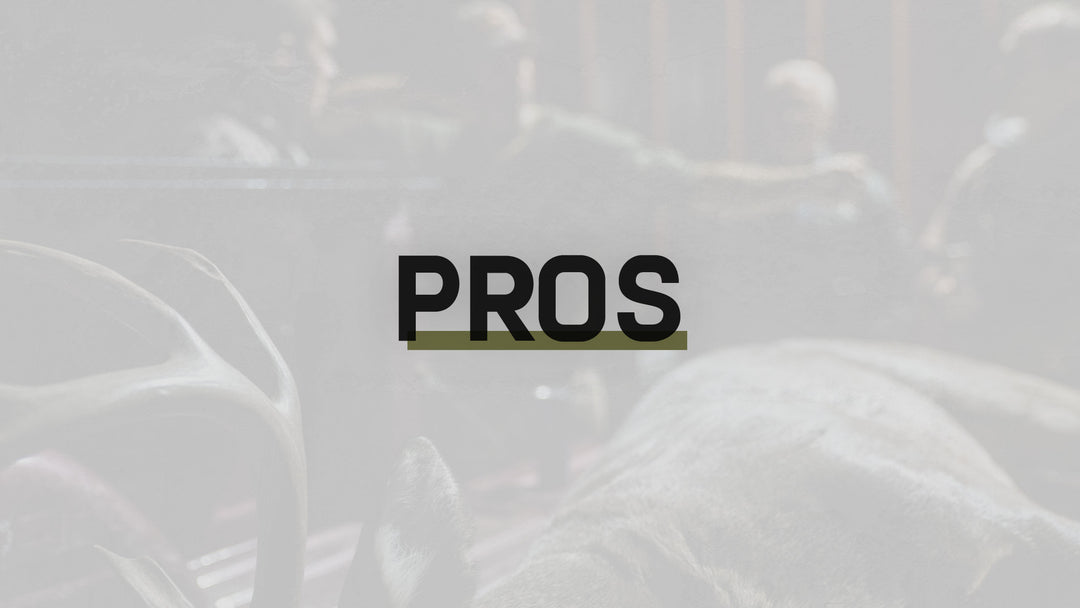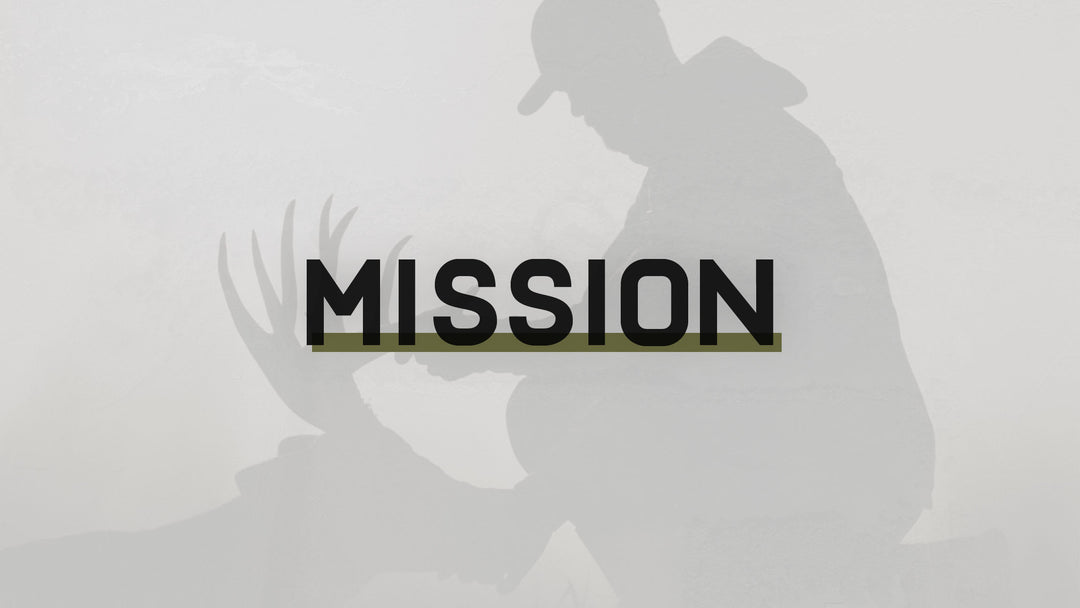THE INTEL TAB | DEER PATTERN TYPES
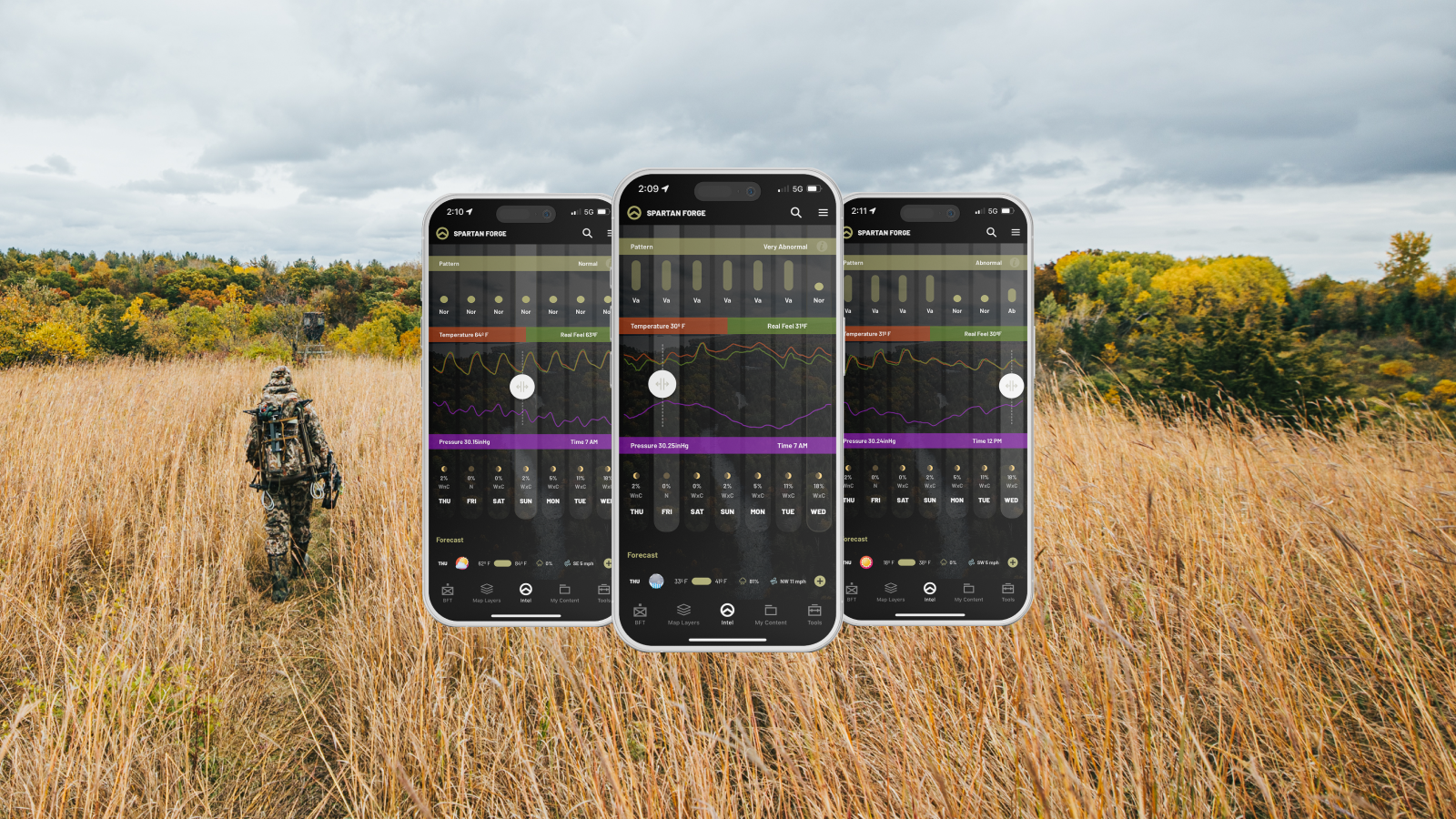
PATTERNS
As with MOVEMENT, there are three pattern predictions as well; NORMAL (NOR), ABNORMAL (AB), and VERY ABNORMAL (VA).
NORMAL (NOR)During NORMAL periods, deer are most likely to follow their most observed pattern with respect to position and time of day. These days the deer will be the most predictable based on your previous observations that you have learned over time. Therefore, if you have that buck that visits the same oak tree at the same time each day, Normal days are for that spot.
ABNORMAL (AB)ABNORMAL days are just as they sound, the deer will deviate from their normal movement patterns and may arrive or depart at a slightly different time than expected. If you often see a buck hitting a scrape right after dark, there is a chance that they might show up in daylight on Abnormal days.
VERY ABNORMAL (VA)Lastly, VERY ABNORMAL patterns equal a lot of unexpected movement in regards to travel areas and times.Anything can happen on Very Abnormal days. Deer may be eating at an apple tree in the middle of the day or browsing their favorite clear cut. These are great days to be out hunting.
What to Look For During the Rut
So what should you be looking for during the rut in your area? While any day can be good, those Full Range-Very Abnormal days are worth taking off work for. That combination means that there will be a large amount of daylight movement and that you’ll likely have bucks from the next mountain over, coming in looking for a hot doe.
FAQs
Why is my prediction different between my areas?
Our model uses the local weather to make its prediction, so your areas may be pulling from different weather stations.
How accurate is the prediction model?
According to our tests, the model is accurate about 66% of the time.
Will the prediction model tell me where the deer are?
Not necessarily, but if you know your area well enough you will likely know where they will be based on the predictions.
Why should I trust you predictions?
Our predictions are completely data driven. Algorithms identify what conditions seem to get the deer on their feet based on historical weather and collared deer data. What does this mean to you? There is no bias involved.
Does your prediction take the moon phase into account?
The short answer is yes. The long answer is that we don’t really know how much weight it has in the prediction. Moon phase is input into the algorithm but it may not have any effect on the prediction.
